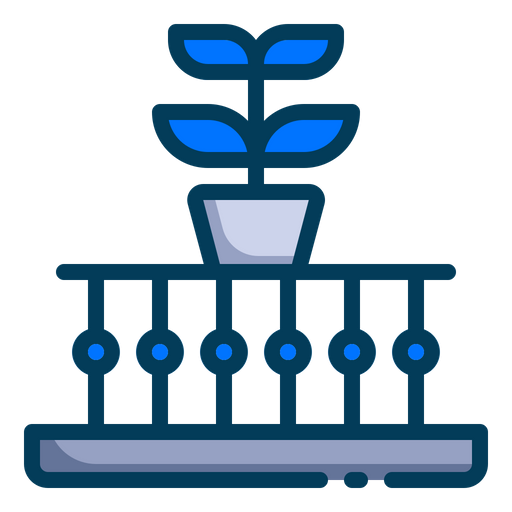This is me slowly dialing in an intuitive understanding of planting and growing from absolutely no money spent. There are Jalapeños, three tomatoes in pots - experiments, and a pot of green onions.
These were just quick and dirty affairs of tossing the refuse from some Pico de Gallo in an empty egg carton and watering it daily. I transferred the individual egg carton pods into the most lazy of mulch and dirt from another dead plant. I didn’t even remove the plants from the cardboard carton because the roots were breaking through and embedded when I tried with one.
So I was curious how the tomatoes might battle it out in a plant-diator death match style, or at least that is what it has turned into. The right most pot is struggling the most with something like 4 egg carton pods that each consisted of a chunk of tomato guts and whatever seeds that included. The pot on the back with tomato plants and several blooms is only two pods. The black plastic pot is an anomaly. I also had planted a couple of egg carton pods of habanero peppers that never sprouted. Somehow I had a single tomato seed make its way inside and I just went with it. It sprouted later than the rest, and appears to be doing the best. I’m sure someone will be like ‘duh, everyone knows to grow single plants in pots’ but have you ever really tried it.
Here in SoCal, I have a little green caterpillars plague to contend with. I find leaves half chewed and the culprits underneath nearly daily. I could spray them, but the routine of hunting them ensures I get out and water the lot of them.
You can’t really see it, but there is aluminium foil with a paper towel and a bunch of green beans drying outside of their pods. These are for a future experiment between those that were dried in pods versus dried out of pods versus fresh de-/pods and likely a mix of larger and smaller beans too just to get an intuitive understanding of how each option seems to grow.
The green onions were a series of three bunches over the last 6 months that went unused and appeared ruined and ready for the trash bin. I planted them anyways and they are by-far the easiest, most useful, and productive thing I have grown. If there is one thing to have on a window seal for food use and a little color in a drab pad, this is it, do green onions.
If the caterpillars are horn worms, and I bet money they are, you can easily find them with a UV flashlight. The cheap lights are best as they’re brighter (less real UV) than good ones. Little fuckers POP at night. (May work on other species, no clue.)
These are the best bang for the buck, don’t get the truly crappy ones with multiple cheapo LEDs. You may get away with using a 14500 battery for super bright results. AA is fine though.
Bonus: Some people fry 'em up. You do you.
Thanks! I have a range of UV lights for several purposes, mostly for photolithography, printed circuit boards, and curing resins. I’ll give it a try. I keep a small filament (365nm IIRC) UV light around for generating O3 that is always handy. That should make for an interesting experiment, although it may be too far away from the visible range to fluoresce in the visible spectrum, the O3 would likely get them moving.
Just some notes on this.
- many varieties of fruits/veg are not “true to seed”, or in other words, the seeds when grown up don’t produce the same thing. This is famously the case for apples, where growing the seed from a honeycrisp, e.g., will likely result in a completely different variety. Tomatoes are weird cause some are like that (like hybrid tomatoes), while others like heirloom tomatoes can be open pollinated, and therefore “stable” and true to seed.
- peppers, especially spicy peppers for some reason, can be tricky to germinate, and especially early on, they can be slow to grow. I think part of this is due to the fact that naturally, peppers are perennial, but we grow them as annual. You might be able to keep yours going year round where you live, or at the very least, you could overwinter them, and get a huge boost on next year. You can help seeds germinate by soaking them for a day in water before planting, and I’ve heard that it may be beneficial to nick the seed before you do
Exploring seed variations for food variety sounds like the kind of grassroots sociopoliti-bio-hacker rebellion I would join to battle the monoculture authorities and their reproducible recipe consumerism empire. Who’s ready for Darth Monsanto and the Proprietary Sith?
Dont stop! Make this a weekly blog post. I love when new people find gardening! Or at least experiment with it.
You can also grow potatoes if you have a big enough pot or grow bag. A lot of fresh herbs can be rooted to start your own indoor planters.


